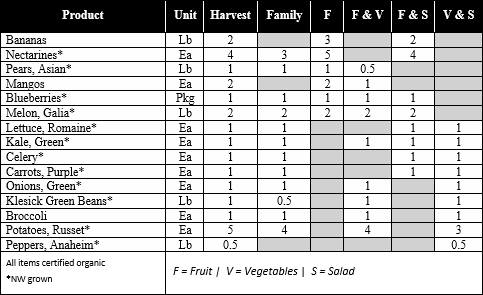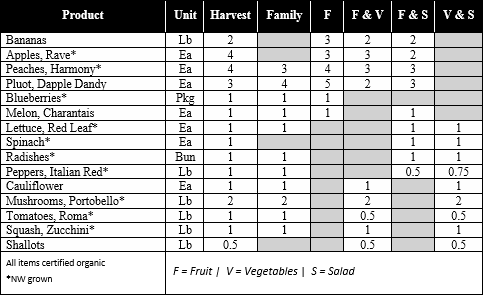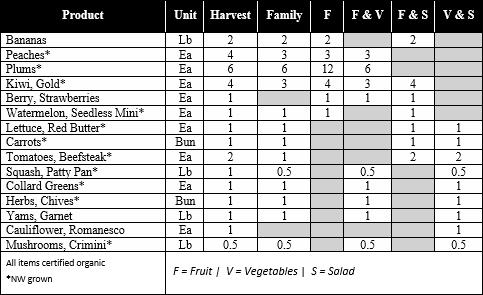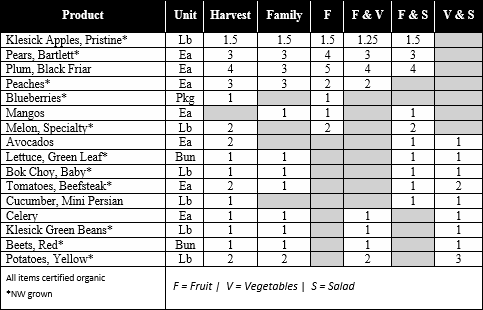Many of you are getting your kids ready for back to school and thinking about school clothes, supplies, and LUNCHES! I’d like to take a few minutes to share some ideas that have made our school lunches healthy, simple, and environmentally friendly!
First of all, I like to use reusable storage containers. We go the whole year without throwing out a single “sandwich bag.” Ziploc makes a divided container that is spill proof and pretty durable. Ours have lasted the whole year long. If you’d rather steer clear of plastic, there are similar divided containers made of stainless steel. We purchase cloth lunch bags that fit our containers perfectly, then add a freezer pack to keep things cold. When using the divided containers, sometimes the items fit better with the addition of a large size silicone muffin cup. This adds another “section” to the container.
One thing I like about the containers is that it helps me think through what to send in their lunches. One section we put in veggies, one section fruit, one section holds the protein, and the smallest section might have a healthy cracker, chip, or small homemade treat.
Most importantly, make sure you have a good supply of healthy foods that your kids will eat! When ordering your weekly produce, remember that you can order “add-on” items to guarantee that you will have the special items that your kids like most. For vegetables, I always have cucumbers, carrots, and peppers on hand, because I know my kids will eat these. If available, my kids also enjoy raw sugar snap peas, green beans, and some even love shredded cabbage or raw cauliflower.
Choosing fruit is easy! They all like cut apples and oranges! Melons, grapes, kiwi, nectarines, pears, and berries all make a great addition to school or work lunches.
For protein, sometimes we’ll send a half sandwich with organic cheese and veggies on homemade sourdough bread. But there are so many other choices besides sandwiches. We might send yogurt with chopped fruit and homemade granola, or a nut/seed/dried fruit mix, or a whole grain, honey-sweetened, zucchini or carrot muffin. One of my kids loves it when I send nut butter in one of the compartments along with chopped carrots, celery, and apples for dipping. Some of my kids enjoy creating their own salad wraps, and I send the ingredients in the separate compartments. Don’t forget you can send things like a quinoa salad or even dinner leftovers in a reusable soup thermos.
We stay away from pre-packaged individual serving products. With the divided containers there’s just no need, and the environmental impact with these items is just too high!
We’re happy to bring you quality lunch supplies for your kids! Take a few minutes to think through how we can best help you meet your nutrition goals for your kids this year, while simplifying the process!
-Joelle





